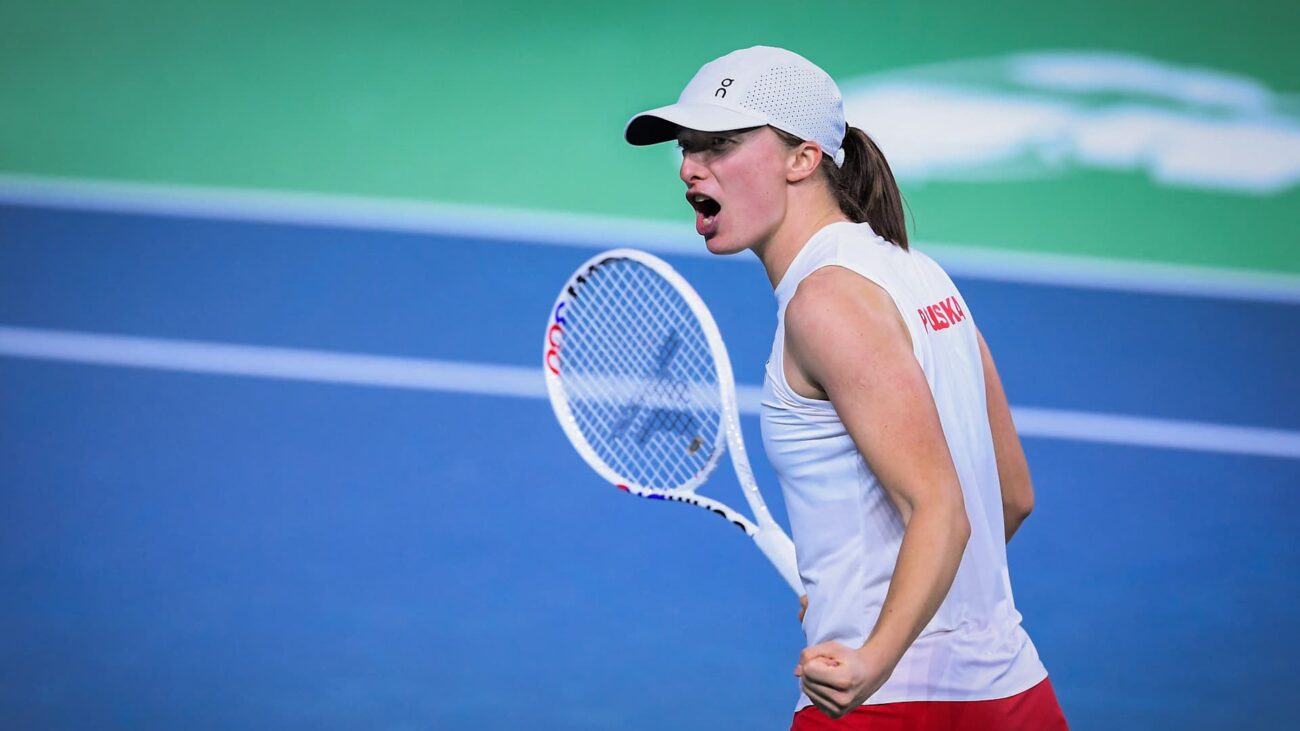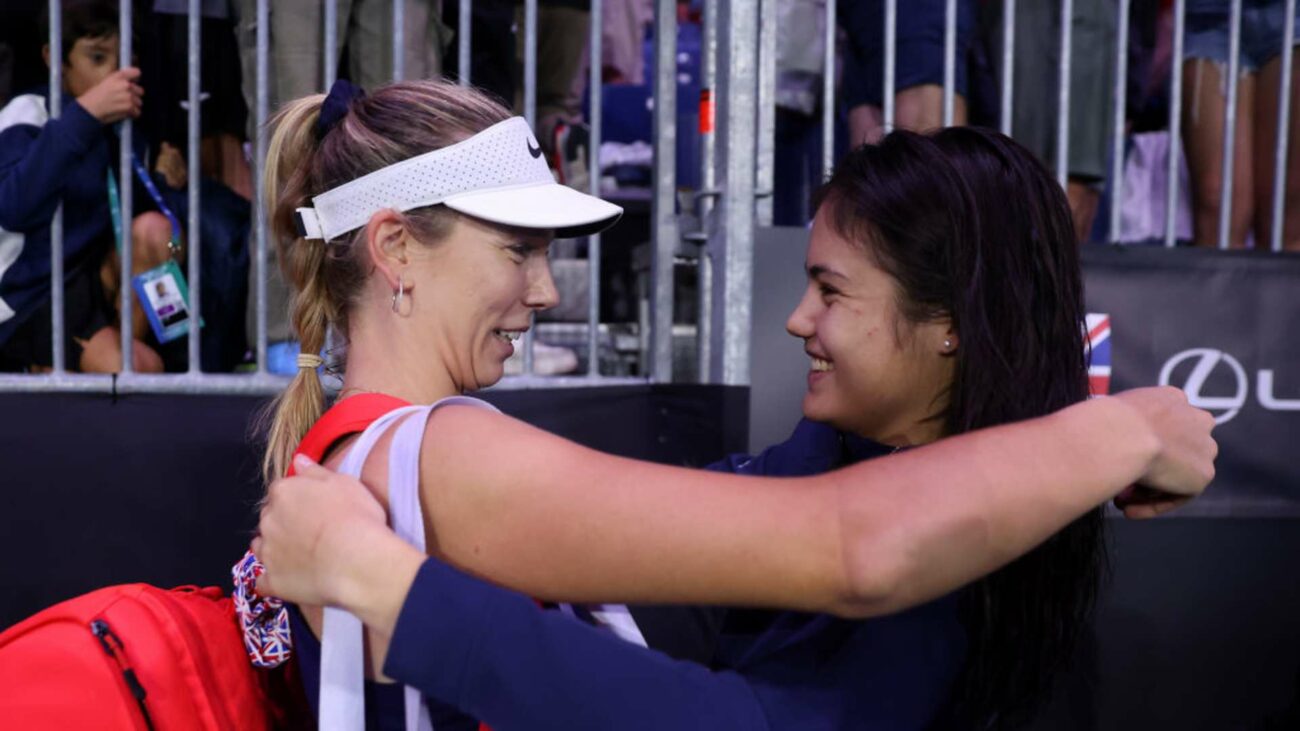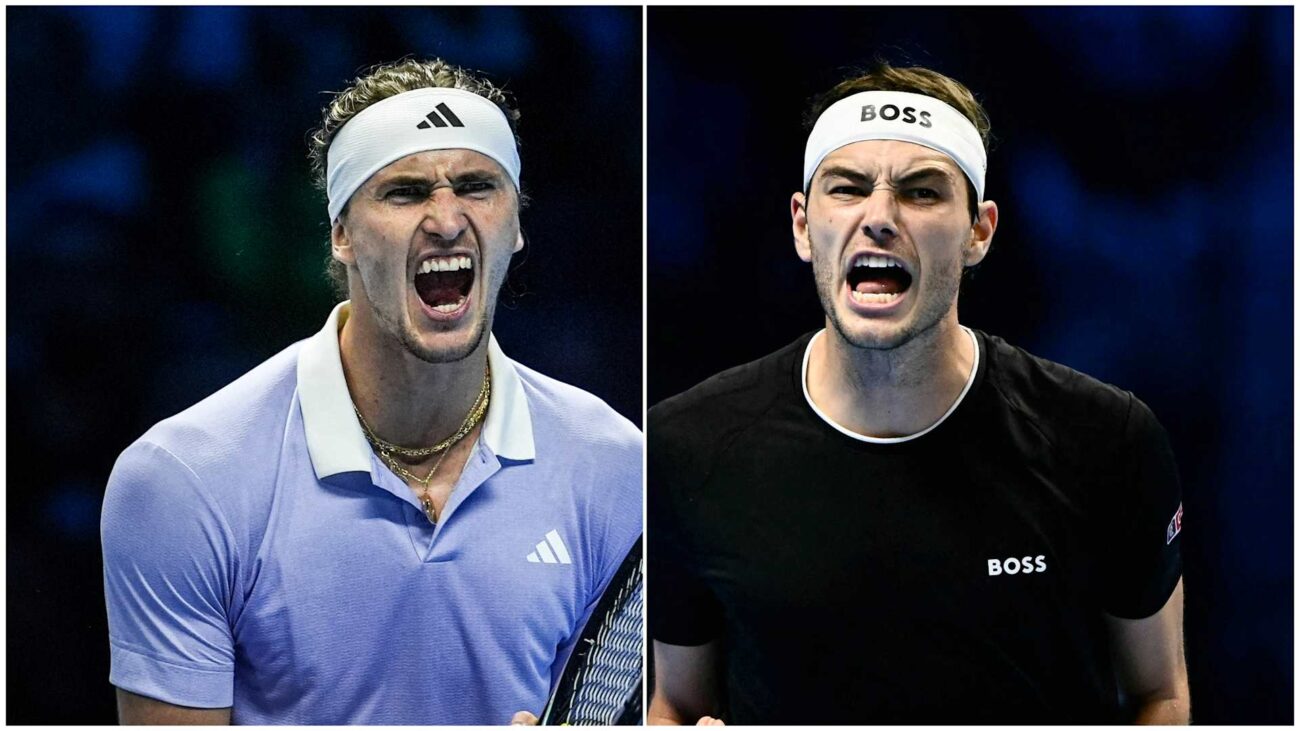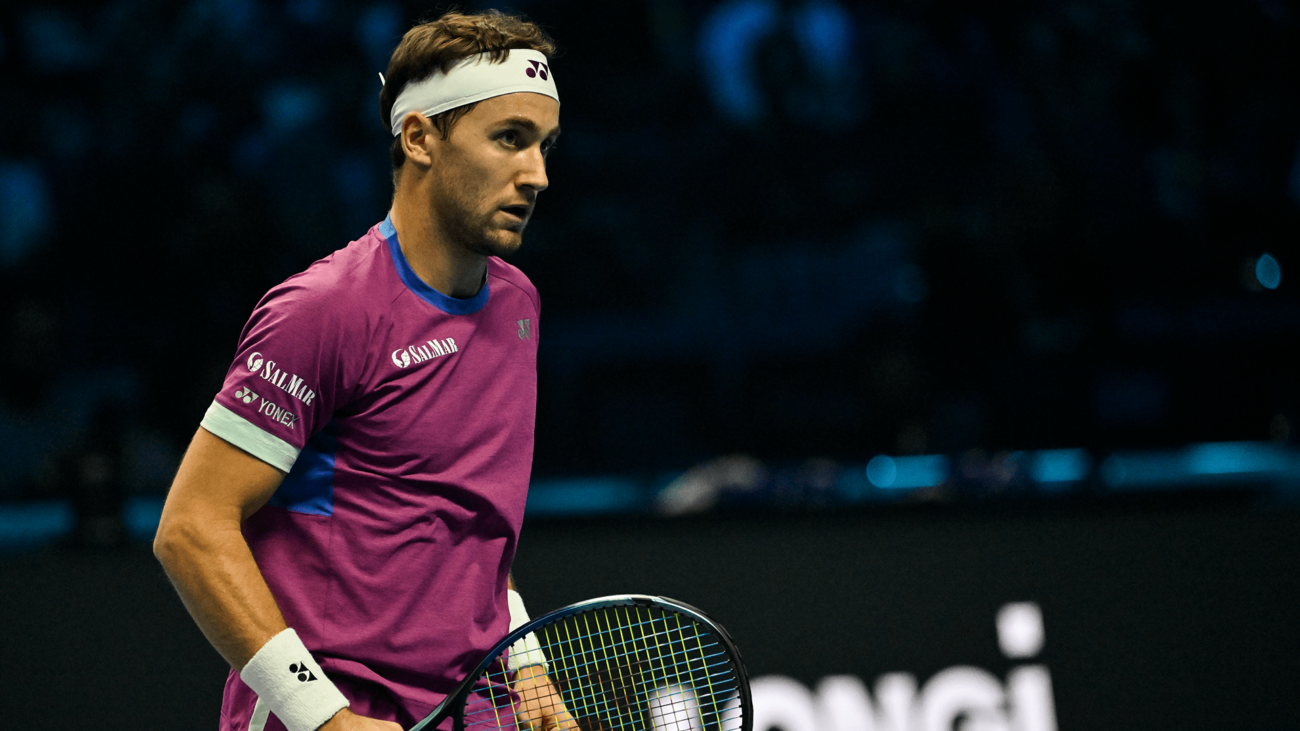The clay-court season, once a preparatory phase for Roland Garros, has transformed into a treacherous gauntlet, jeopardizing players’ momentum and health. The expansion of 1000-level events into two-week affairs has created a demanding schedule, leaving players exhausted and prone to injuries.
The recent Madrid Masters witnessed a string of setbacks, with top seeds Jannik Sinner and Carlos Alcaraz withdrawing due to injuries. Daniil Medvedev and Jiri Lehecka also succumbed to physical ailments, while Andrey Rublev played through excruciating pain to win the title.
Elite coach Craig Boynton believes the extended events have created an imbalance, favoring players who perform well but leaving others with insufficient playing time. Tennis analyst Paul Annacone initially supported the longer tournaments but now questions their impact on player well-being.
Players themselves have expressed concerns. Elena Rybakina lamented the grueling schedule, while Jimmy Arias, a former clay-court specialist, misses the intensity of one-week Masters events. The lack of uniformity in clay conditions across tournaments has also contributed to the injury crisis.
The 1000-level events have grown in stature, rivaling the Grand Slams they precede. However, the quality of tennis has suffered due to player fatigue and the absence of a Lucky Loser rule to replace injured players.
Novak Djokovic’s absence from the clay swing has raised questions about the strategic value of skipping the demanding events. The current state of the clay-court season suggests that the governing bodies of tennis may need to reassess the schedule to ensure the health and well-being of players while maintaining the integrity of the sport.






